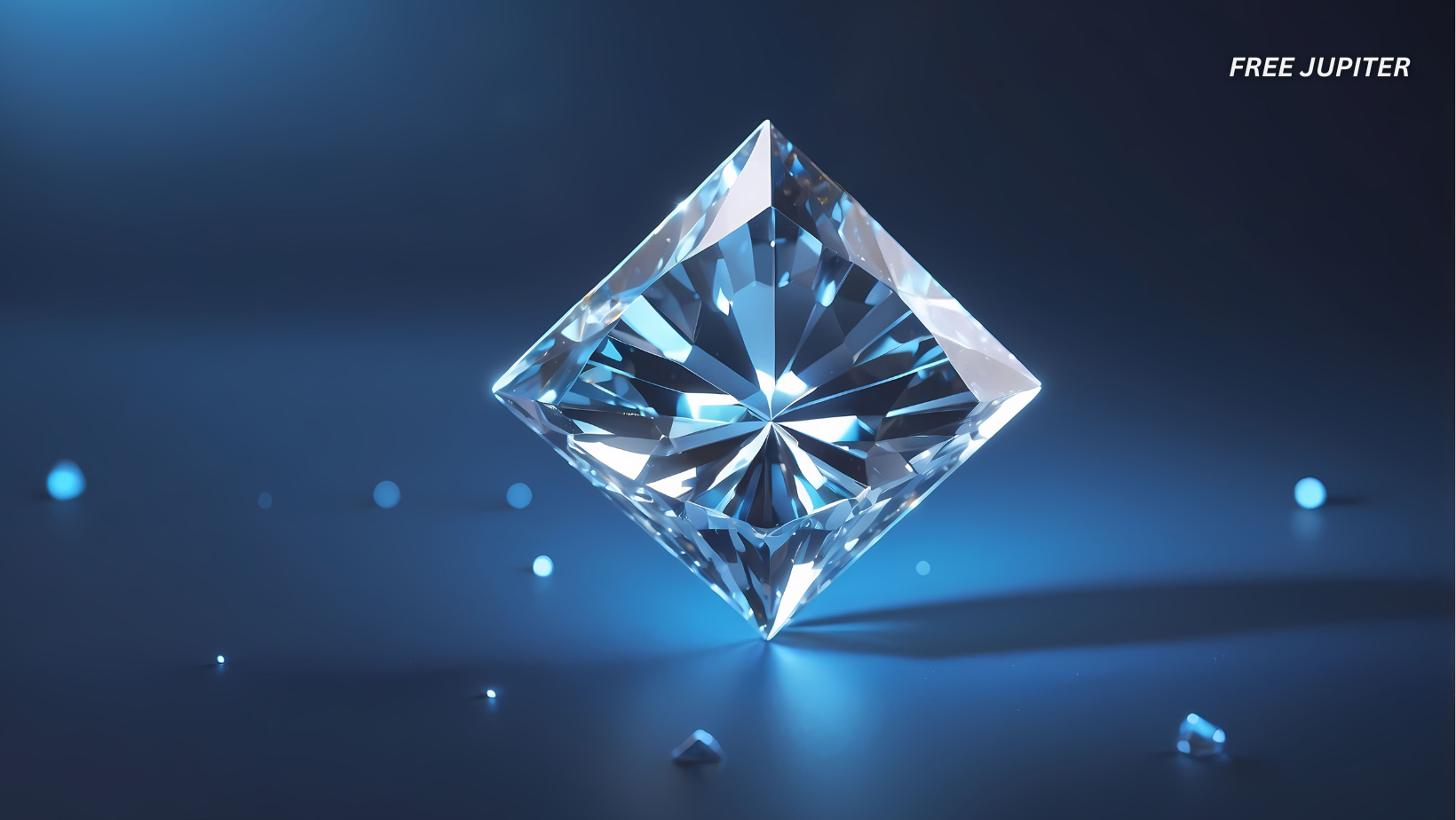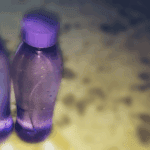Friendly Note: FreeJupiter.com shares general info for curious minds 🌟 Please fact-check all claims—and always check health matters with a professional 💙
Diamonds may be forever, but making them no longer has to take forever—or require the kind of explosive volcanic drama we usually associate with Earth’s deep underground processes. In a breakthrough that flips millions of years of geology on its head, researchers have now figured out how to grow real diamonds at room temperature in as little as 15 minutes. No high heat, no crushing pressure, no underground magic required.
Yes, it’s as futuristic as it sounds. But let’s unpack how this works—and why it could reshape everything from jewelry to electronics.
How Diamonds Usually Form (The Drama Version)
To understand how radical this new discovery is, let’s quickly revisit how diamonds have always been made—either by nature or in traditional labs.
Natural diamonds form in the Earth’s mantle, the thick layer between the crust and the core. Down there, about 90 to 150 miles below our feet, carbon atoms are subjected to intense heat (around 2,000°F) and enormous pressure—over 725,000 pounds per square inch. It’s like stuffing a carbon atom into a pressure cooker, cranking the dial to “volcano,” and waiting a few million years.
These diamonds then hitch a ride to the surface via violent volcanic eruptions, where they cool off inside special rocks like kimberlite or lamproite. When people mine diamonds, they’re actually searching for these geologic time capsules.
The Old School Lab-Grown Way
Scientists have long tried to mimic this natural process in labs using a method called HPHT (High-Pressure, High-Temperature). This involves subjecting carbon to extreme conditions inside machines that act like mini-mantles, often using molten metals like iron or nickel to help the carbon atoms crystallize into diamond around a “seed.”
There’s also the CVD (Chemical Vapor Deposition) method, where carbon gas is broken down and deposited layer by layer onto a substrate, forming a diamond over time. Both methods work—but they’re slow, costly, and require a ton of energy.
The New Trick: Just Add Gallium and Stir (Gently)
Now, researchers have discovered a totally new approach, and it’s shockingly simple by comparison. Instead of simulating the Earth’s interior, they worked under normal air pressure and at room temperature. Think “kitchen countertop,” not “core of the Earth.”
Their secret sauce? A small metal called gallium, which is known for being soft enough to melt in your hand and used in everything from semiconductors to thermometers. Mixed with silicon—and later a bit of nickel and iron—this metallic cocktail became the perfect environment for carbon atoms to arrange themselves into diamonds.
The scientists placed this mixture into a graphite crucible (a kind of lab-safe bowl for high-temperature experiments) and gently heated it with electricity, not fire. Within just 15 minutes, tiny diamonds started forming at the bottom. In two and a half hours, a full diamond film had grown—enough to coat surfaces or use in electronics.
Why Gallium? And What Does Graphene Have to Do With It?
The idea wasn’t random. Gallium has already been shown to catalyze the formation of graphene, another superstar carbon structure that’s basically a flat sheet of atoms arranged like chicken wire. Graphene is flexible, strong, and electrically conductive—and like diamond, it’s made entirely from carbon.
The research team figured: if gallium could organize carbon into graphene, maybe it could also help carbon settle into diamond’s rigid, 3D pattern—and it turns out they were right. The addition of silicon, nickel, and iron gave the mix just the right chemistry to shift the atomic puzzle pieces into diamond form.
A Diamond Rush Without the Dirt
This breakthrough could signal a huge shift in how we produce diamonds—especially lab-grown ones. Right now, synthetic diamonds are big business, whether for fine jewelry or for cutting-edge tech. But traditional methods still require lots of energy, expensive equipment, and long wait times.
This new method is:
- ⚡ Energy-efficient: No need to recreate the conditions of a magma chamber.
- ⏱️ Fast: Minutes instead of days or weeks.
- 🧪 Simple and scalable: The process happens at normal pressure and in relatively small equipment.
If scaled up, this could lower costs and open the door to more eco-friendly, high-quality diamond production.
Beyond Bling: Diamonds in Science and Tech
Sure, diamonds are a girl’s best friend—but they’re also the best friend of engineers, scientists, and electronics companies.
Because of their extreme hardness, thermal conductivity, and electrical insulating abilities, diamonds are used in:
- 💻 Semiconductors and quantum computers
- 🛠️ Precision cutting tools
- 🔬 High-performance optics and lasers
- ⚡ Heat sinks in advanced electronics
By making diamond creation easier and more affordable, this new method could accelerate advances in all these areas. Imagine smartphones that stay cool even when pushed to their limits, or laser systems that last longer and work better—thanks to diamond coatings made in under three hours.
Related Breakthroughs: Other Room-Temperature Marvels
This isn’t the first time scientists have flipped the script on high-temperature materials:
- Graphene, the “miracle material”, was once only produced at high temperatures but can now be made using simple chemical methods.
- Artificial sapphires—used in watch faces and LEDs—were once forged under intense heat but are now grown in lab settings with much less energy.
- Room-temperature superconductors (materials that conduct electricity with zero resistance) are a holy grail in physics, and researchers are inching closer with every passing year.
This diamond discovery fits into a larger trend of rethinking how we build materials that were once thought to need Earth’s most extreme conditions.
What’s Next? Growing Bigger, Bolder Diamonds
Right now, the diamonds formed with this method are mostly thin films, meaning they’re best suited for coating surfaces or layering into electronics. But with further refinements, scientists hope to grow larger single-crystal diamonds suitable for more glamorous—and more high-tech—purposes.
If this technique is refined and scaled up, we could be looking at:
- 💍 Ethical, low-impact jewelry that skips the mines altogether
- ⚙️ Mass production of diamond-based components for future tech
- 🚀 Lighter, stronger materials for aerospace and defense
And perhaps one day, we’ll all be wearing diamonds that were grown not in a volcano, but in a clean, quiet lab—in less time than it takes to watch a movie.
Final Thoughts: Science Just Made Diamond-Making Less… Extra
For centuries, diamonds symbolized rarity, luxury, and the awesome power of nature. Now, with just the right blend of metals, a dash of electricity, and a touch of scientific curiosity, we’re witnessing something pretty extraordinary: diamonds that don’t need time, temperature, or tectonic drama to exist.
While this doesn’t make diamonds any less beautiful, it does make them a lot more interesting.
So, next time you see a sparkling gem, remember—it might not be the product of an ancient eruption. It might be the quiet handiwork of some gallium and a brilliant human idea.
And that’s kind of a gem in itself.










